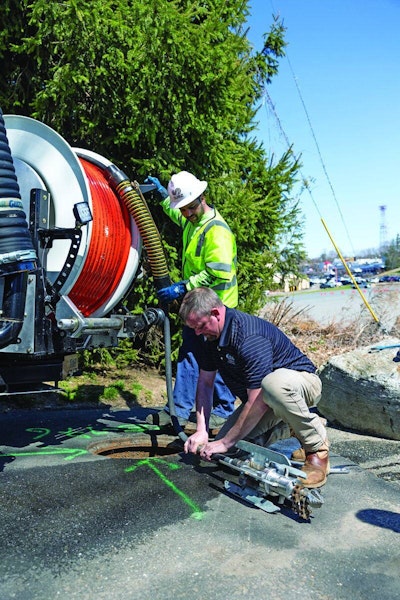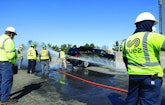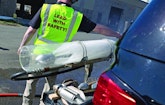The use of high-pressure jet/vac equipment for cleaning sewers can be dangerous unless operators are well trained and fully understand the potential hazards.
Here are 10 safety tips that address the most common errors I’ve observed during my time in the industry.
No. 1:...









